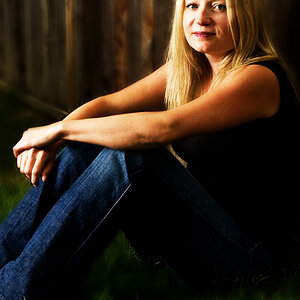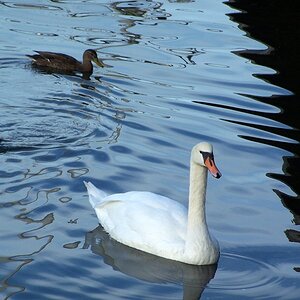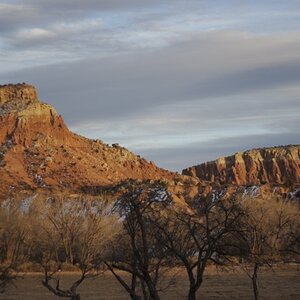darkblue-x
TPF Noob!
- Joined
- May 9, 2017
- Messages
- 146
- Reaction score
- 10
- Location
- Ottawa
- Can others edit my Photos
- Photos OK to edit
How would one capture this properly?
Clearly there is a combination of underexposed and overexposed parts...bracketing could help but what would you set the bracket values to and how many frames?
Also in these types of scenarios would you say it be optimal to also come at a different time of day?
Dropbox - DSC_4050.NEF
Clearly there is a combination of underexposed and overexposed parts...bracketing could help but what would you set the bracket values to and how many frames?
Also in these types of scenarios would you say it be optimal to also come at a different time of day?
Dropbox - DSC_4050.NEF


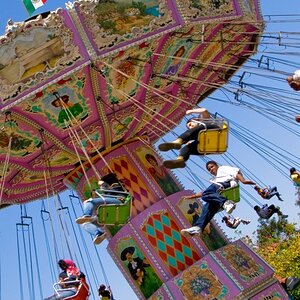
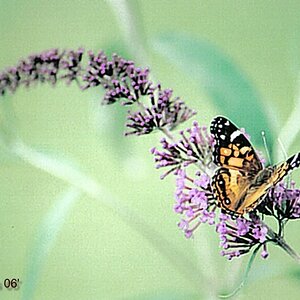
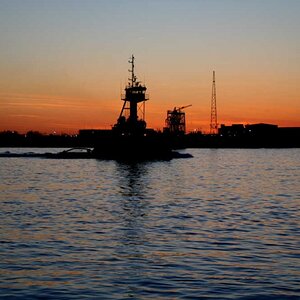
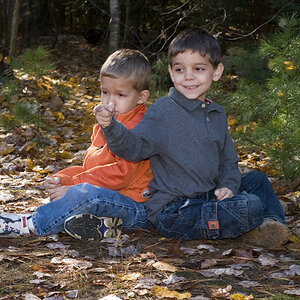
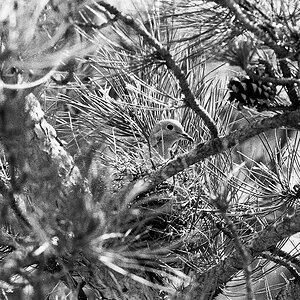
![[No title]](/data/xfmg/thumbnail/32/32701-51bacbc6ea9d40683123c14f053d4742.jpg?1619735603)
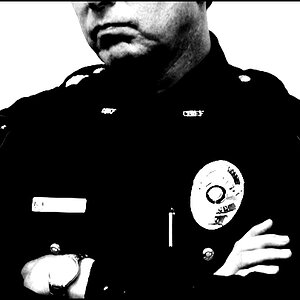
![[No title]](/data/xfmg/thumbnail/32/32699-3434a76363cb383404e00a3cd5ed5728.jpg?1619735601)
